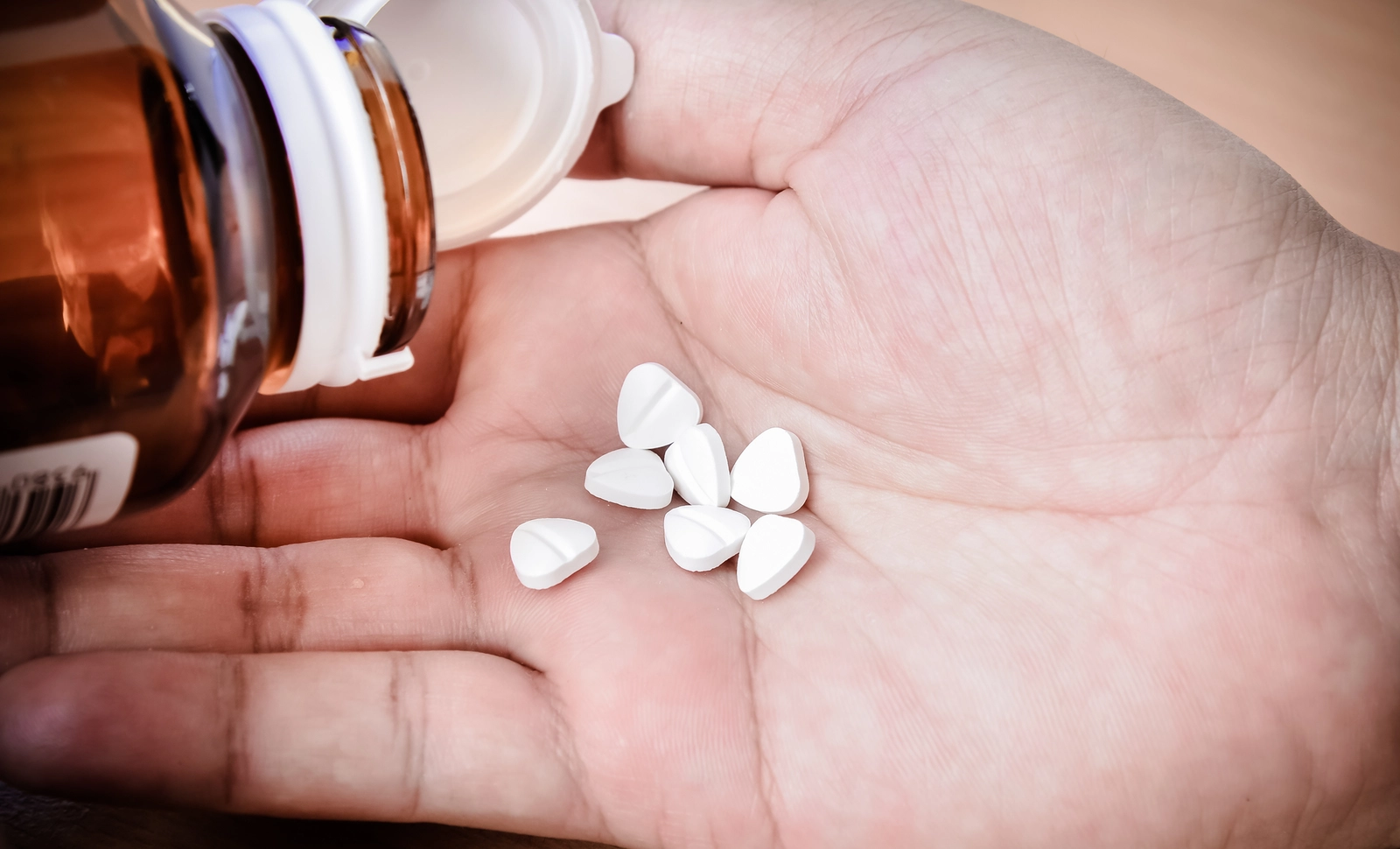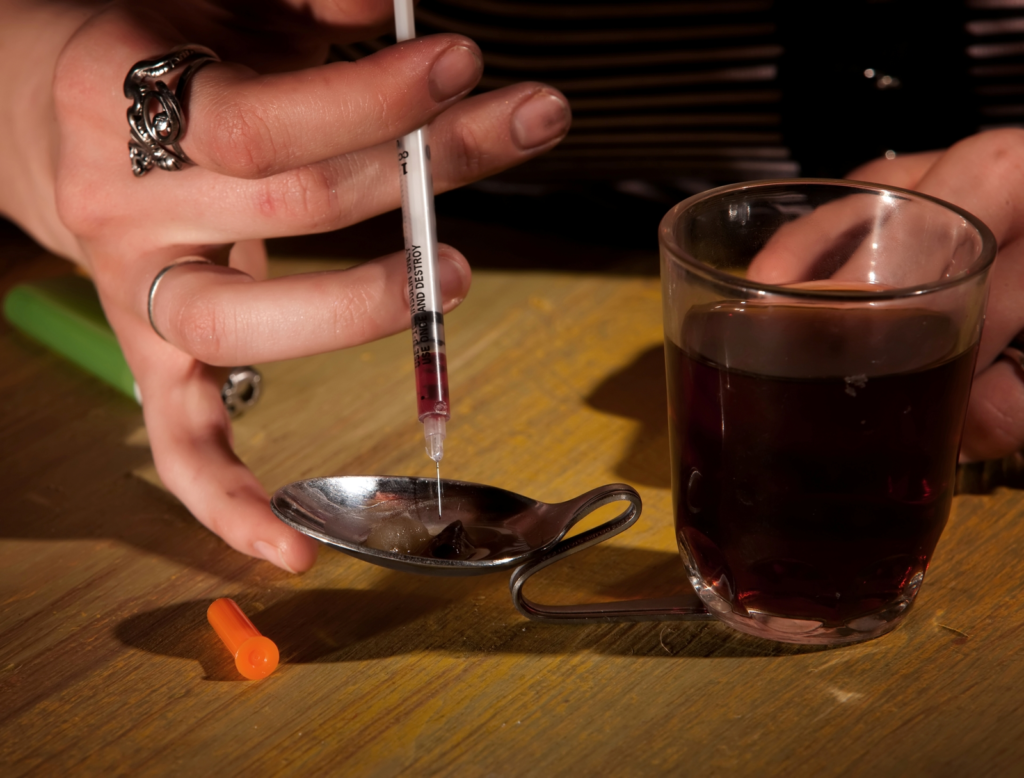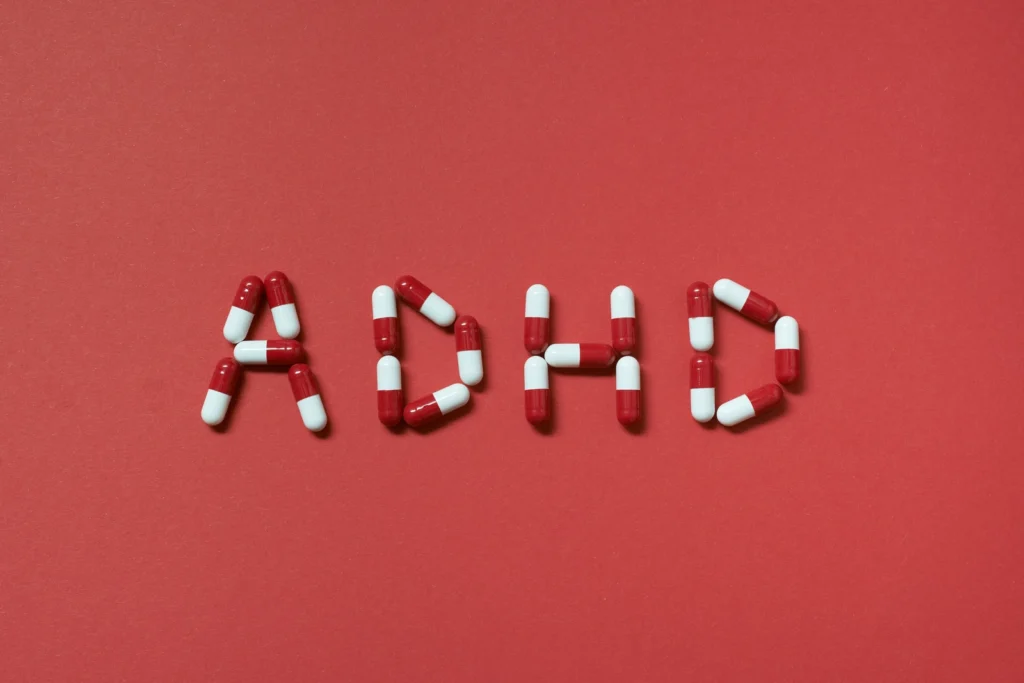Comparing Buprenorphine vs. Suboxone

Buprenorphine and Suboxone play vital roles in treating opioid dependence, though many people sometimes misunderstand their key differences. While both medications help reduce cravings and manage withdrawal symptoms, their formulations and applications differ significantly. Suboxone combines buprenorphine with naloxone, safeguarding against misuse, whereas buprenorphine alone offers a single active ingredient.
Key Points
- Buprenorphine and Suboxone are prescription medications used to treat opioid dependence by partially activating opioid receptors in the brain, reducing withdrawal symptoms and cravings.
- Suboxone contains naloxone as an abuse-deterrent feature, while buprenorphine does not. This distinction makes Suboxone frequently preferred in outpatient and take-home treatment settings where misuse risk is a concern.
- Both medications are taken once daily, with Suboxone available in sublingual films or tablets. At the same time, buprenorphine is available in multiple forms, including tablets, sublingual films, and injectables like extended-release formulations.
- Both medications have a ceiling effect that limits their potential for misuse, though Suboxone offers additional protection through its naloxone component.
- The choice between medications depends on individual factors like treatment setting, insurance coverage, and personal medical history, with both requiring medical supervision and integration with counseling services.
What is Buprenorphine?
Buprenorphine is a prescription medication that helps treat opioid dependence by partially mimicking how opioids work in the brain.[1] Think of it like a key that fits into the brain’s opioid locks – but instead of fully turning the lock as other opioids do, it only turns it partway. This partial action (known as a partial opioid agonist) helps prevent withdrawal symptoms and reduces cravings while being much safer than full opioids. Most people only need to take it once daily since its effects last long.
Physicians prescribe buprenorphine as part of medication-assisted treatment (MAT) for opioid dependence.[2] The medication works by maintaining enough opioid receptor activity to prevent withdrawal, while its ceiling effect limits the potential for misuse. This ceiling effect means that taking more of the medication does not produce additional euphoric effects beyond a certain point, making it safer than full opioids.
Healthcare teams carefully monitor buprenorphine treatment, adjusting dosages to meet each person’s specific needs. Treatment typically begins with close supervision during the induction phase, when someone transitions from other opioids to buprenorphine. After stabilization, many people continue maintenance treatment for months or years, combining the medication with counseling and support services.
What is Suboxone?
Suboxone is a brand-name prescription medication that combines two key ingredients: buprenorphine and naloxone.[3] The buprenorphine component works exactly like the standalone medication – it partially activates opioid receptors to reduce withdrawal and cravings. The addition of naloxone serves as a built-in safety feature to discourage misuse of the medication.
When taken as prescribed under the tongue, the naloxone in Suboxone remains inactive, allowing the buprenorphine to work effectively.[4] However, if someone attempts to misuse Suboxone by crushing and injecting it, the naloxone activates and can trigger immediate withdrawal symptoms. This protective mechanism makes Suboxone particularly valuable in outpatient settings where medication handling requires additional safeguards.
Suboxone comes in a sublingual film or tablet that dissolves under the tongue. Since it contains buprenorphine, it shares the same benefits of only needing to be taken once daily for most people. Doctors may prefer prescribing Suboxone over plain buprenorphine for individuals beginning treatment or receiving take-home doses, particularly when there is a higher risk of misuse.
Buprenorphine vs. Suboxone: How Do They Differ in Treating Opioid Addiction?

While buprenorphine and Suboxone both treat opioid dependence effectively, several key differences influence which medication might work better for specific situations.[5] Suboxone includes naloxone as an abuse-deterrent feature, designed to reduce misuse via injection, whereas buprenorphine alone does not include naloxone but still has a ceiling effect limiting potential misuse. This distinction often makes Suboxone the preferred choice for outpatient care and take-home doses.
Cost considerations also play a significant role in treatment decisions. Plain buprenorphine is generally less expensive than Suboxone, but actual costs depend on local pricing and insurance coverage, which can vary significantly. However, some insurance plans cover one medication but not the other, affecting treatment choices.
The medications also differ in their available forms. Buprenorphine comes in tablets, sublingual films, and injectables, while Suboxone offers both sublingual films and tablets. The films dissolve more quickly under the tongue and prove harder to tamper with, but some people prefer tablets based on personal preference or cost. Some people also report different side effects between the two medications, though they generally share similar safety profiles.
Both medications require careful medical supervision during the induction phase as someone transitions from other opioids. When choosing between these medications, doctors consider multiple factors, including treatment setting, insurance coverage, misuse risk, and personal medical history. Recovery specialists often adjust treatment plans over time, sometimes switching between medications based on how someone responds to treatment.
What Are the Potential Side Effects of Each Medication?
Both buprenorphine and Suboxone can cause side effects, though most people find them manageable and notice they decrease over time. Since these medications share the same primary active ingredient (buprenorphine), their side effects are largely similar:[6]
- Constipation: A frequent issue that can be managed with proper hydration and dietary changes.
- Headache and body aches: These are usually most noticeable during the first few days of treatment.
- Sleep changes: Some people experience insomnia or unusual dreams during treatment.
- Nausea and stomach discomfort: Typically improves as the body adjusts to the medication.
- Dry mouth: This can be managed by staying hydrated and using sugar-free candies.
- Sweating: This may occur more frequently, especially during sleep or physical activity.
- Mood changes: Some people report feeling anxious or irritable initially.
Can These Medications Be Abused?
Both buprenorphine and Suboxone can be misused, though their unique properties make them significantly safer than full opioids. The partial agonist nature of buprenorphine means it has a ceiling effect – taking more of the medication produces diminished additional effects beyond a certain point, reducing the risk of euphoria and respiratory depression. This built-in limitation helps reduce the risk of overdose and makes the medications less likely to be misused compared to other opioids.[7]
Suboxone includes additional protection against misuse through its naloxone component. If someone tries to inject or snort Suboxone, the naloxone may trigger withdrawal symptoms in individuals physically dependent on opioids.[8] This deterrent feature makes Suboxone particularly valuable for people who receive take-home doses.
However, both medications still require careful monitoring and should only be taken exactly as prescribed under medical supervision. The risk of misuse remains highest during periods of stress, life changes, or when someone faces triggers in their environment.
How Will I Know Which Medication is Right For Me?
A thorough evaluation with your medical and addiction team considers your specific situation, including your history with opioid use disorder, living environment, and access to care. Healthcare providers often recommend Suboxone for individuals starting medication-assisted treatment when there is concern about misuse, as its naloxone component offers added protection. However, some people may benefit more from plain buprenorphine, especially if they have sensitivity to naloxone or require treatment during pregnancy.
Your treatment plan might change over time based on how you respond to medication, side effects, and your progress in recovery. Many people start with closely monitored doses in a treatment program, then transition to take-home prescriptions as they stabilize. Both medications effectively manage withdrawal symptoms and reduce cravings when combined with behavioral therapy and support services. Regular check-ins with your healthcare team help ensure the chosen medication continues to meet your needs and support your recovery goals.
Frequently Asked Questions About Buprenorphine vs. Suboxone
Are you or a loved one struggling with Opioid Abuse? Reach out today.




